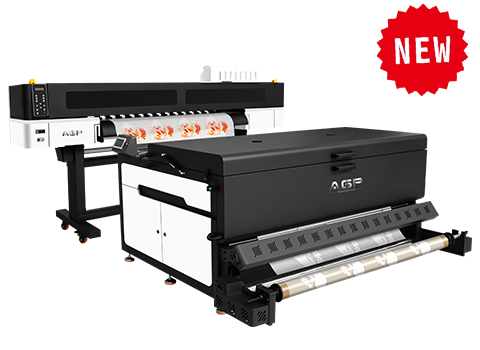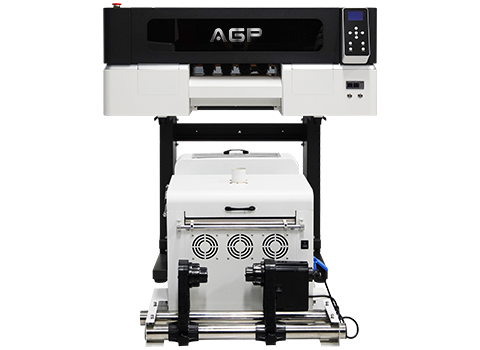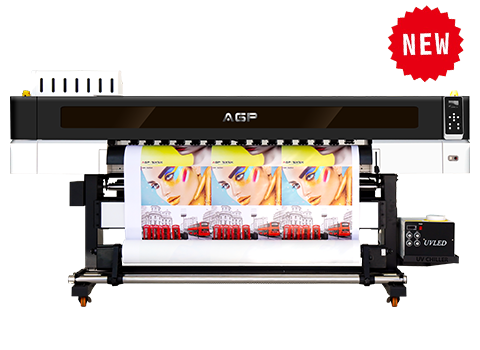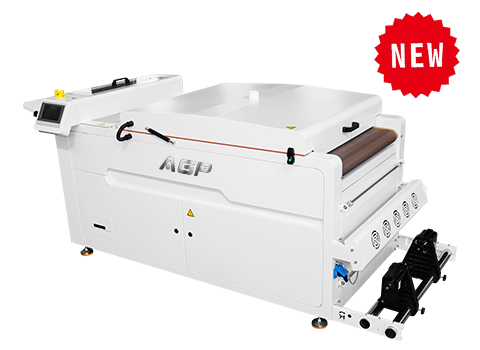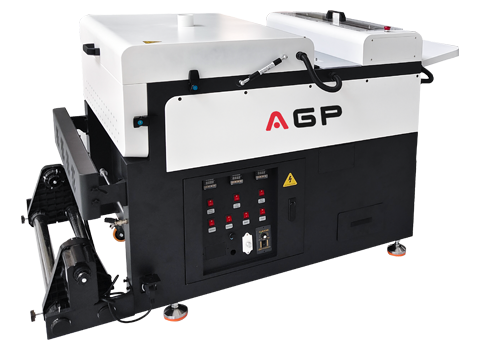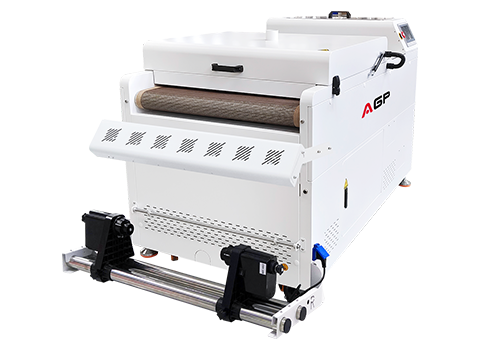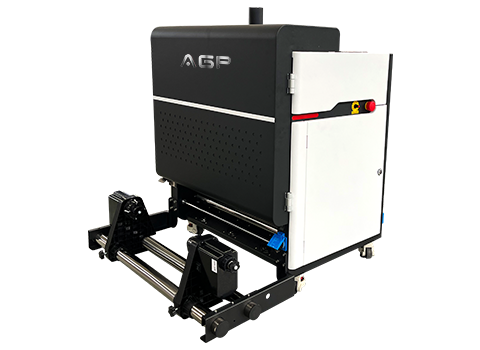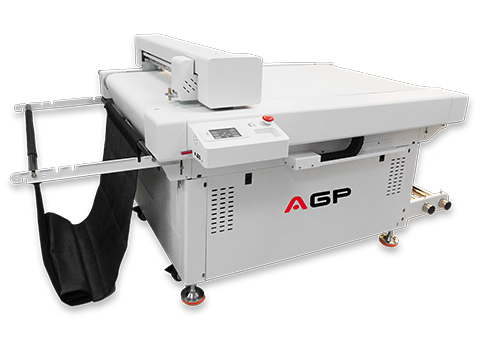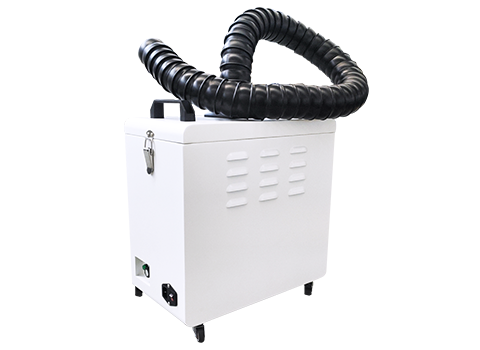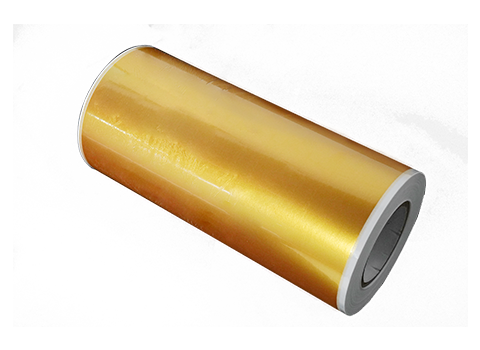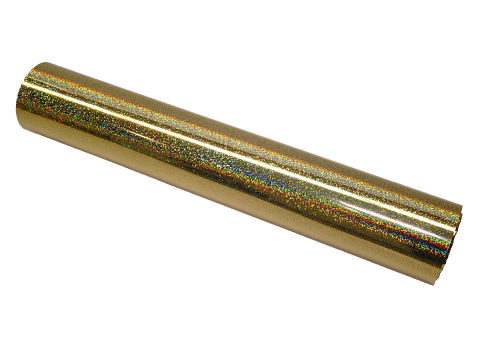Why does dtf printing become damp? How should this situation be resolved?
DTF Printing is a special hot transferring technology that uses specialized DTF machines and supporting consumables to hot transfer patterns onto clothing and other materials. Compared with traditional printing technology, it has the advantages of distinctive patterns, good durability, high breathability and the ability to realize complex designs.
Today we will explain to you some common questions: Why does dtf printing become damp? How should this situation be resolved?
Let’s first understand the reasons:
Oil production, water return, and foaming are all closely related to the process, materials and environment.
Process factor
After the DTF printer prints the white ink part, it will enter the dusting powder state. At this time, about 50%-60% of the moisture is still trapped in the white ink layer. Then the film will be sent to the constant temperature drying area of 135 degrees to 140 degrees. The powder will quickly melt into a film and seal the white ink. At this time, there is still 30%-40% moisture remaining in the white ink, which is covered by this layer. The TPU rubber powder is sealed between the film and the rubber powder.
Although the surface of the finished film appears to be dry, in fact this is just an illusion. When the remaining water inside condenses, water droplets will form. This is an important cause of moisture return on the surface of the finished film.
How to avoid it?
If manufacturers of dtf printer can divide the drying area into three stages (i.e. three-stage drying), this problem can be avoided with the greatest probability.
After the DTF prints evenly sprinkled with hot melt powder enters the dryer, the initial temperature will be controlled at 110 degrees. At this time, the water begins to boil and the water vapor is evaporating, but the hot melt adhesive powder will not melt over a large area. , the moisture in the white ink will be quickly dried; the temperature in the second stage is controlled between 120-130 degrees to dry the glycerin and various oily substances in the middle; the temperature in the third stage can reach 140-150 degrees , at this time, use the fastest time to dry the hot melt adhesive powder, let it form a film and melt it, and closely fit the pattern to ensure the firmness of the pattern.
Material factor
The impact of materials on the quality of dtf printing is self-evident. It has a huge impact on the color accuracy, detail expression, durability, and even the feel of the finished product.
Since printing films easily absorb water, you should pay more attention to moisture-proofing when storing dtf films.
How to store materials?
The printing film should be returned to the original packaging after each use, and should be kept away from the ground and walls as much as possible. If there is no packaging bag, you can wrap the bottom of the film, seal it and store it in a ventilated and dry place.
Environment factor
In a humid environment, the dtf film is prone to moisture, causing the ink to condense on the dtf film, resulting in ink droplets being unable to spread evenly and oil return. In addition, a humid environment can easily cause the dtf printer print head clog, thus affecting the printing effect.
Therefore, in order to maintain the quality and effect of dtf printing, it is necessary to avoid using the machine in a humid environment.
How to avoid oil return in dtf printing?
Open windows frequently for ventilation: it can maintain indoor air circulation and prevent moist air from being retained indoors, thus reducing the chance of dtf printing getting damp.
Use a dehumidifier: In humid seasons or areas, you can use a dehumidifier to reduce indoor humidity, thus reducing the possibility of dtf printing getting damp.
Properly control the printing temperature: Too high a printing temperature will cause the ink to evaporate too quickly, easily forming water droplets on the printing film, resulting in oil return. Therefore, during the printing process, the printing temperature should be appropriately controlled.
Avoid over-printing: Over-printing will cause too much ink to remain on the printing film, which is prone to moisture and oil return. Therefore, during the printing process, the amount of ink used should be controlled to avoid over-printing.
Clean the printhead regularly: Cleaning the printhead regularly can keep the print head in good condition and avoid excessive ink residue on the printing film due to clogging of the printhead.
Properly store the DTF film: Whether it is the raw material of the printing film or the finished heat transfer film that has been printed, it should be avoided in humid environments (such as basements or bathrooms). Printing media easily absorbs moisture, and heat transfer films affected by moisture can cause ink scattering and other phenomena. Therefore, be sure to wrap the film, seal it and store it in a ventilated and dry place.
To sum up, to prevent oil return in dtf printing, you need to start from many aspects and take good care of the machine to get a perfect finished product!

